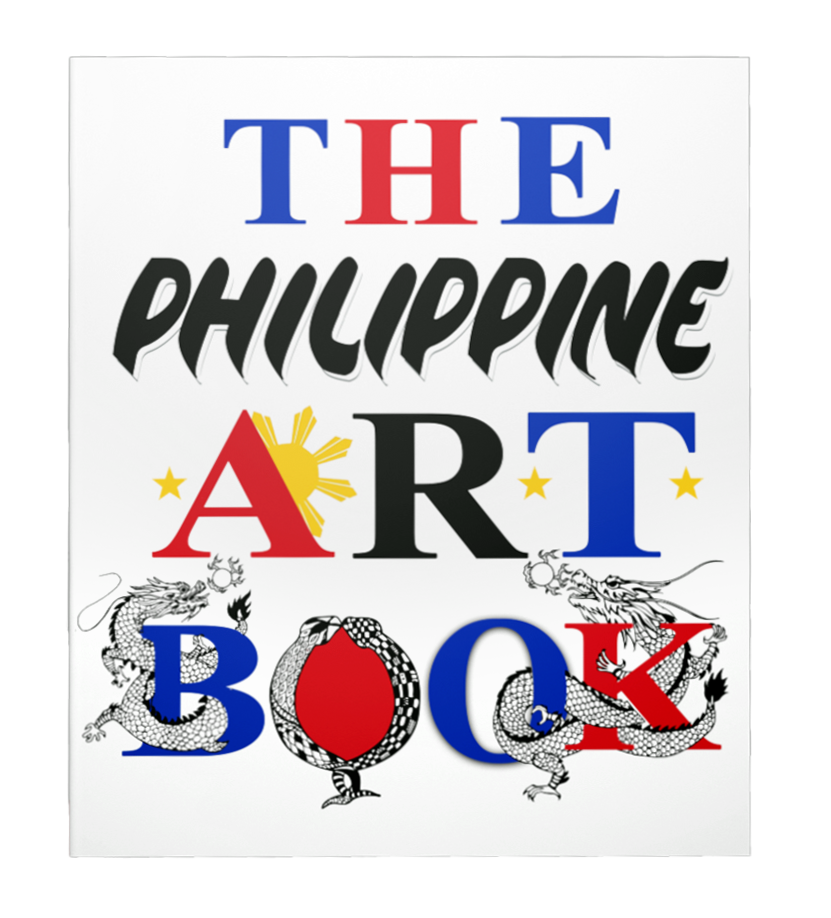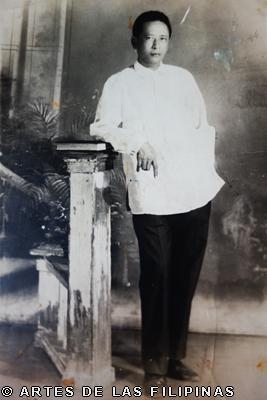
Serafin Serna’s Traces of Greatness
by: Christiane L. de la Paz
May 2013--Serafin Serna was in his senior year when World War II broke out. He was studying at the University of the Philippines School of Fine Arts where he learned the fundamentals of painting. He executed two paintings during his student years, Igorot Woman and Marketing in Baguio, both painted in 1941 that showed the influence of Fernando Amorsolo, his UP professor. Serna did not hesitate to tackle even the more complex subjects such as head studies of young and old people with the confidence of a great painter. While working as a layout artist in the Philippines Herald since the 1950s, he began his series of pastoral landscapes until the 1970s for which he became a familiar name. However, while not much is known of Serna’s personal life and other efforts, his paintings during the American period and onwards points out a range of examples of his art. In this interview, Bessie del Rosario, Serafin Serna’s granddaughter reveals that his grandfather, whom she calls Papa, was an affectionate family man who participated energetically in building a good relationship with his family. The business success Serafin and his wife, Bellaflor Laureano of Malabon achieved allowed him to paint what his heart desires. Serafin Serna died of emphysema on March 9, 1979.
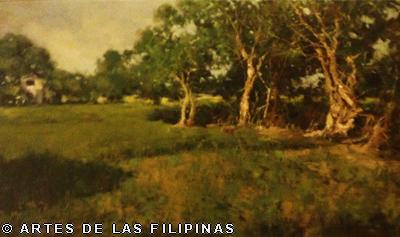
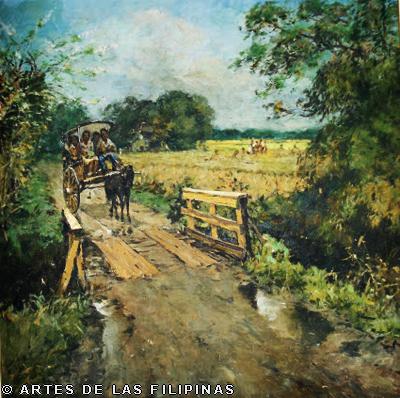
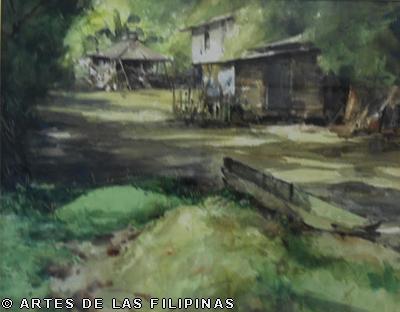
Serafin Serna was enrolled at the UP School of Fine Arts from 1938-1941, who were his contemporaries?
He was friends with Guillermo Tolentino, the sculptor who made Monumento, Miguel Galvez and a young Amorsolo, not Fernando.
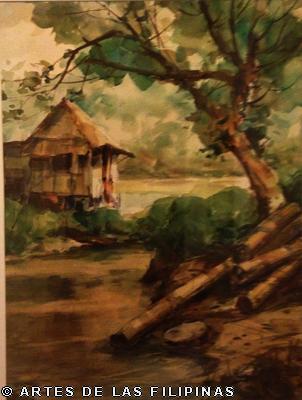
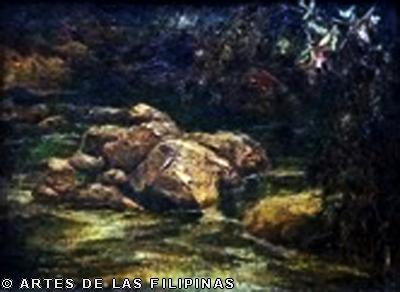
What were the subjects that he painted?
He painted mostly pastoral scenes. He was part of the Conservative School and yes he also painted portraits. His earlier works were dark. I've seen paintings of his that were truly dark like a pair of carabaos, manok, fisherfolks. These were the dark ones I've seen. Papa would sign his paintings, Serna or Serafin Serna. Sometimes with the year it was made. More often than not, he wouldn't sign a painting for the simple reason that once he signs, it will immediately sell. When he died, most of the paintings were left in the care of his children.
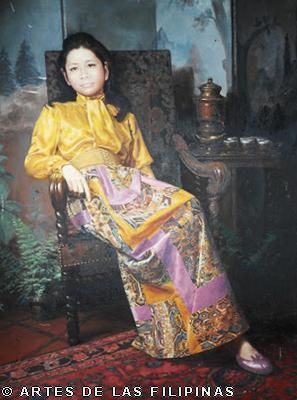
What are some of his other works, public or privately commissioned, that not many people know of?
Papa lived in the house of the father of Jorge Araneta in New York. He stayed there for a year when my Mom was around thirteen years old. He painted portraits of ambassadors and high ranking government officials who were friends of Mr. Araneta. When Papa was the art director of the Herald as well as its contributing photographer, he took photos of a young Imelda Romualdez when she was then selling her wares in P. Domingo. It was a friendship that lasted. When she became Mrs. Marcos, Papa was still taking her pictures and making her family portraits later on.
Papa’s muse, Letty Delgado whose family owned the Hilton Hotel in Manila informed me that Papa worked as an Art Director at the Philippine Herald in 1950. She was also working there in the Advertising Department. She said that Papa took a photo of her and used her as a model for the cover of the Herald. She was thirty years old at that time. Papa also painted her portrait and it used to hang in his gallery in Mabini. Other portraits he painted include Elizalde who was then Ambassador to London or Switzerland. He also painted the aunt of Susan Magalona, Amado Araneta and Judy Araneta now Roxas. Although Papa dabbled in abstract and popularized his Dalagang Bukid series, he was more popular as a portrait painter. He used to give lessons in Mabini and his students were mostly Americans and people who were working in the embassy. Letty Delgado also pointed out that there was a Serna portrait of Imelda Marcos in Malacañang Palace. Most of the Serna paintings of Imelda Marcos were placed at their rest house in Subic.
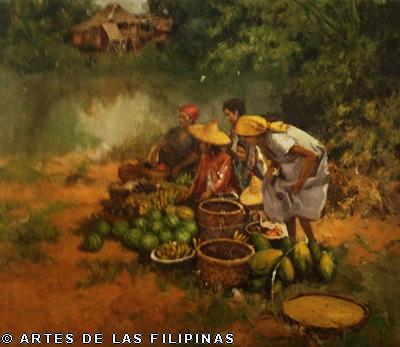
Fruit Vendors (undated)
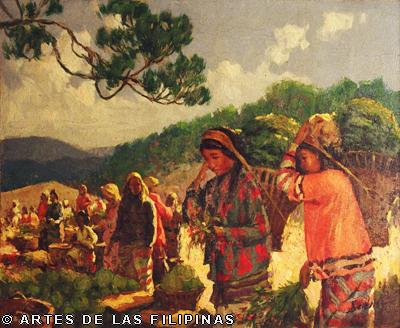
Igorot Women (1941)
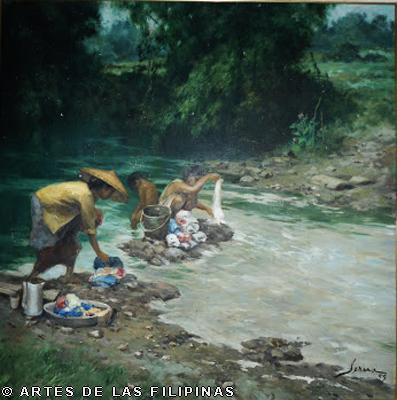
Laundress (1955)
Did he ever win any important art awards?
He won an award from Shell for his painting of Rizal as an eye doctor.
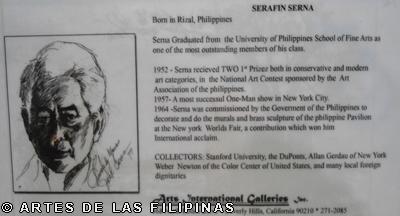
What about other related articles written about him?
This is a profile on Papa from the Arts International Galleries, Inc. situated at 368 North Rodeo Drive, Beverly Hills California 90210 271-2085
Serafin Serna. Born in Rizal, Philippines. Serna graduated from the University of Philippines School of Fine Arts as one of the outstanding members of his class.
1952 - Serna received two First Prizes both in Conservative and Modern Art Categories in the National Art Contest sponsored by the Art Association of the Philippines.
1957 - A most successful One-Man show in New York City.
1964 - Serna was commissioned by the Government of the Philippines to decorate and do the murals and brass sculpture of the Philippine Pavilion at the New York World's Fair, a contribution which won him International Acclaim.
Collectors: Stanford University, the Du Ponts, Allan Gerdau of New York, Weber Newton of the Color Center of the United States, and many local and foreign dignitaries.
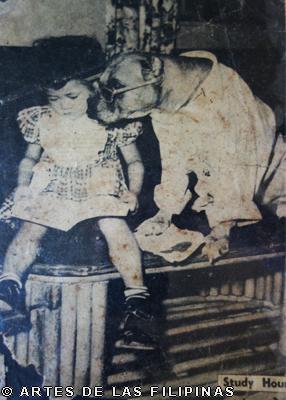
Study Hour, a photograph by Serna that graced the front cover of a magazine
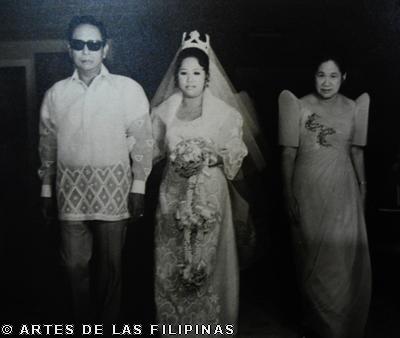
Serafin, Blesilda and Bellaflor on Blesilda's wedding day
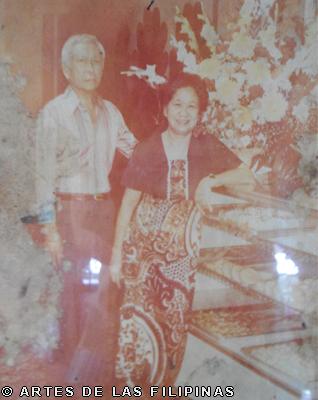
Serafin and his wife infront of their bakeshop in Los Angeles, California
Tell us about his early and married life.
Papa was born in Raxabago in Tondo, Manila on November 14, 1919. He was the youngest of four kids. His siblings were Bonifacio, Pat and Charing. He moved to Malabon in 1941 when he married Bellaflor Laureano, who grew up in Malabon. They were blessed with four children, Rolando, Warren, Edgardo and Blesilda. Papa was never the breadwinner of the family. That task fell on Mama Bellaflor, who was a hard working businesswoman. With a bakeshop already established in Malabon, Mama decided to branch out in Los Angeles. The first bakeshop in L.A. used to be an old Toyota Dealership in North Hollywood. My Mom remembers Mama talking to her that Mom should help out in payments for the L.A. store since they were just establishing it. This was in the early 1970s. They had no idea that the idea took off. People would line up around the block just to purchase pandesal. The stores in the US were very lucrative.Papa would entertain the people who would buy from the store. And thus, there was a chain of bakeries and a French restaurant that was later established. While they were living in the U.S.in 1961 it was Mama who was usually in the bakery. Papa would be at home working on his paintings. He loved farmer's markets so they would go visit them on Sundays.
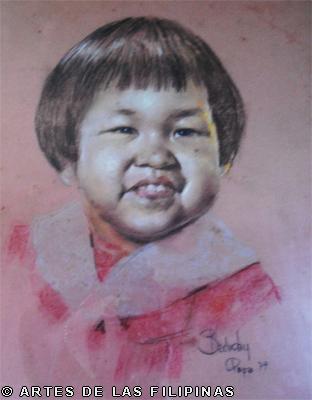
Portrait of Bessie (1977) by his grandfather, Serafin Serna
There are a few articles written about Serna which may be use as a reference. Why do you think this has been the case?
There are very few articles written about Papa. True! For him, it was not about selling his paintings to make a living. He was already living a comfortable life. He was no starving artist so he had ample time to just really hone his craft. Papa later developed a nervous tic. When he got that he further became anti-social. Papa had an art studio in Mabini. His guests in the afternoons were art critics, head of the BIR. He sold his paintings there.
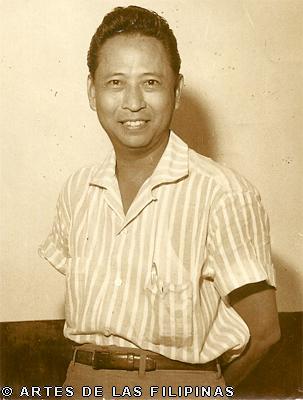
Serafin Serna died on March 9, 1979. Tell us about his last years.
Papa died of emphysema on March 9, 1979. He was in and out of the hospital then. The nurses said he had nine lives like that of a cat. He would have a flat line and later would just be breathing normally. I remember singing to him in the hospital, "The sun will come out tomorrow." I was four years old when Papa died. That was the song they were teaching us in Maryknoll then.
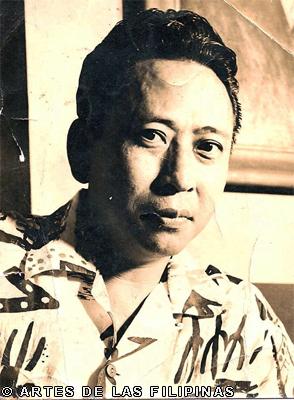
Serafin at the age of thirty-nine
What do you remember most of your grandfather?
Papa loved music. He loved to listen to Matt Monroe and Nora Aunor. On Sundays, he would fill the car with everybody in the family. And with their baon they would hie off to nearby Bulacan or faraway Batangas so he can take photographs of rural scenes which he would later paint. Papa also loved gardening. To this day, we still live with the fruits of his labor. Because of him we have a papyrus tree, a willow tree, eucalyptus tree and for fruit bearing trees we have a caimito and santol trees. We also had a black berry bush where we would pick berries off.
Papa loved dogs. From what I remember, he imported shi-tzus and a lhasa apso from the U.S. He was creative in naming them. Their names were Walnut, Snowball, Snow White, Funny Boy and Funny Girl.
He didn't have vices. He used to smoke cigarettes and had a pipe. But he was able to quit later on. Earlier on, they had a Japanese themed house with a rose garden and a pond with fishes. Much later, they had a bigger pond with bangus and swans in it.
Papa loved children. On Sundays, my Mom would pack up my brothers and I so we would visit our Lolo and Lola on my Dad's side in Navotas. Papa would plead with my Mom not to send us. And that the sales of a painting, he would give to Mom just so she wouldn't send us out.
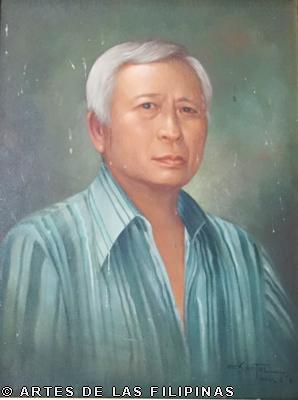
A Portrait of Serafin Serna by E. Santos
Do you think your grandfather achieved the success befitted of him?
Yes he did even though the recognition of most painter's talents come after their death. Papa is in the Malabon Hall of Fame and this was done post mortem. His paintings graced the homes of well-known people and was a favorite portrait painter of society people. He also received prestigious awards. During his lifetime, he lived accordingly and was afforded the ability to turn down commissions that he didn't feel like doing. For him, all that mattered was his art.





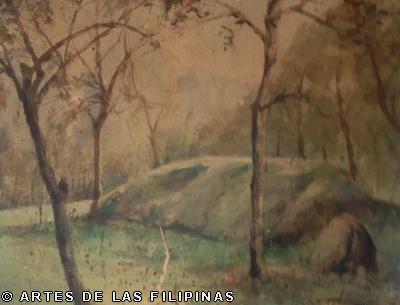
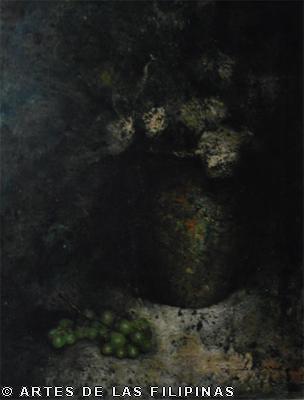













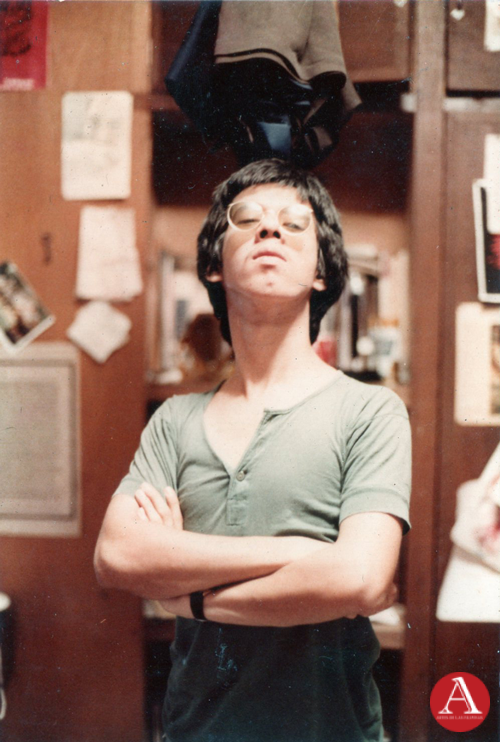 FEDERICO SIEVERT'S PORTRAITS OF HUMANISM
FEDERICO SIEVERT'S PORTRAITS OF HUMANISM.png) FILIPINO ART COLLECTOR: ALEXANDER S. NARCISO
FILIPINO ART COLLECTOR: ALEXANDER S. NARCISO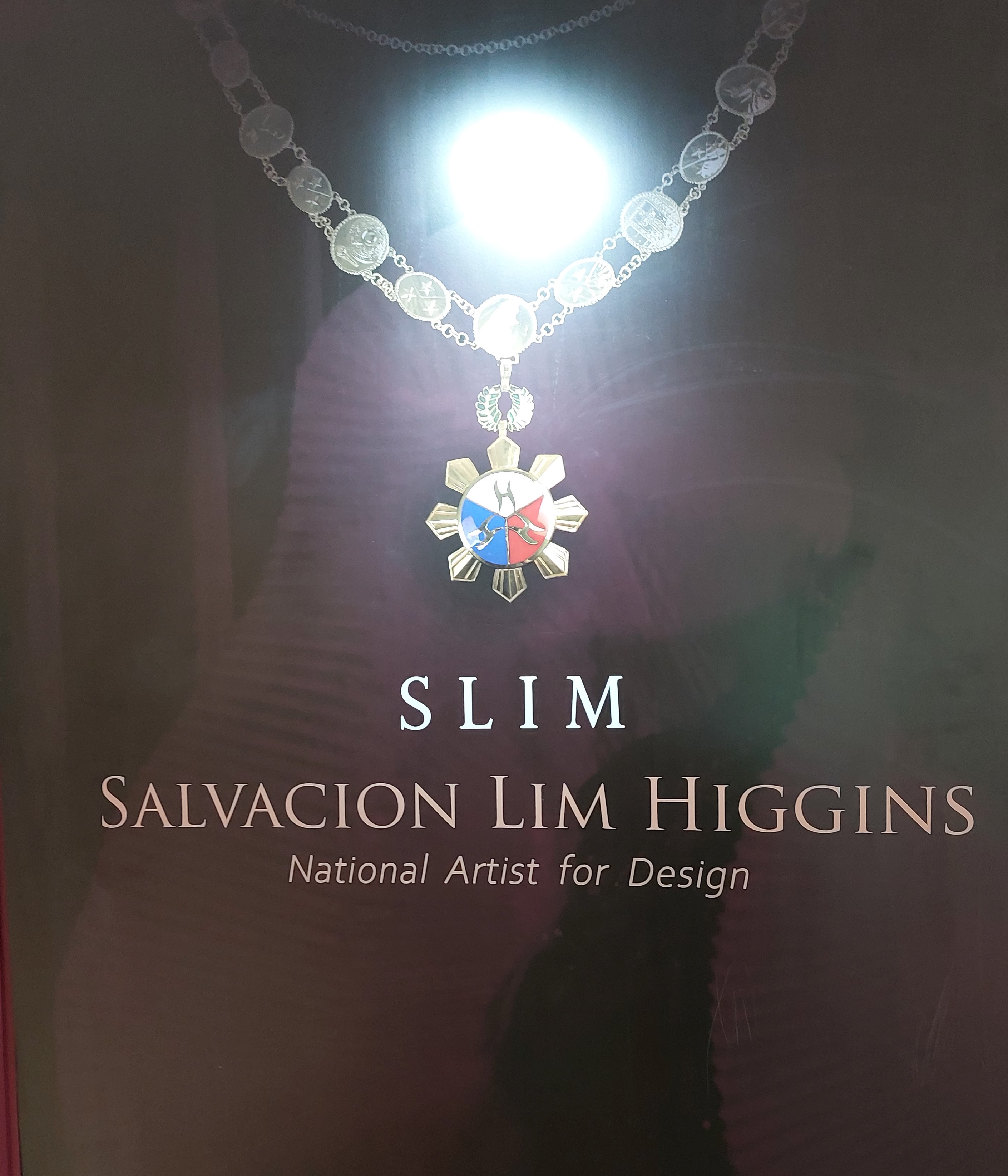 An Exhibition of the Design Legacy of Salvacion Lim Higgins
An Exhibition of the Design Legacy of Salvacion Lim Higgins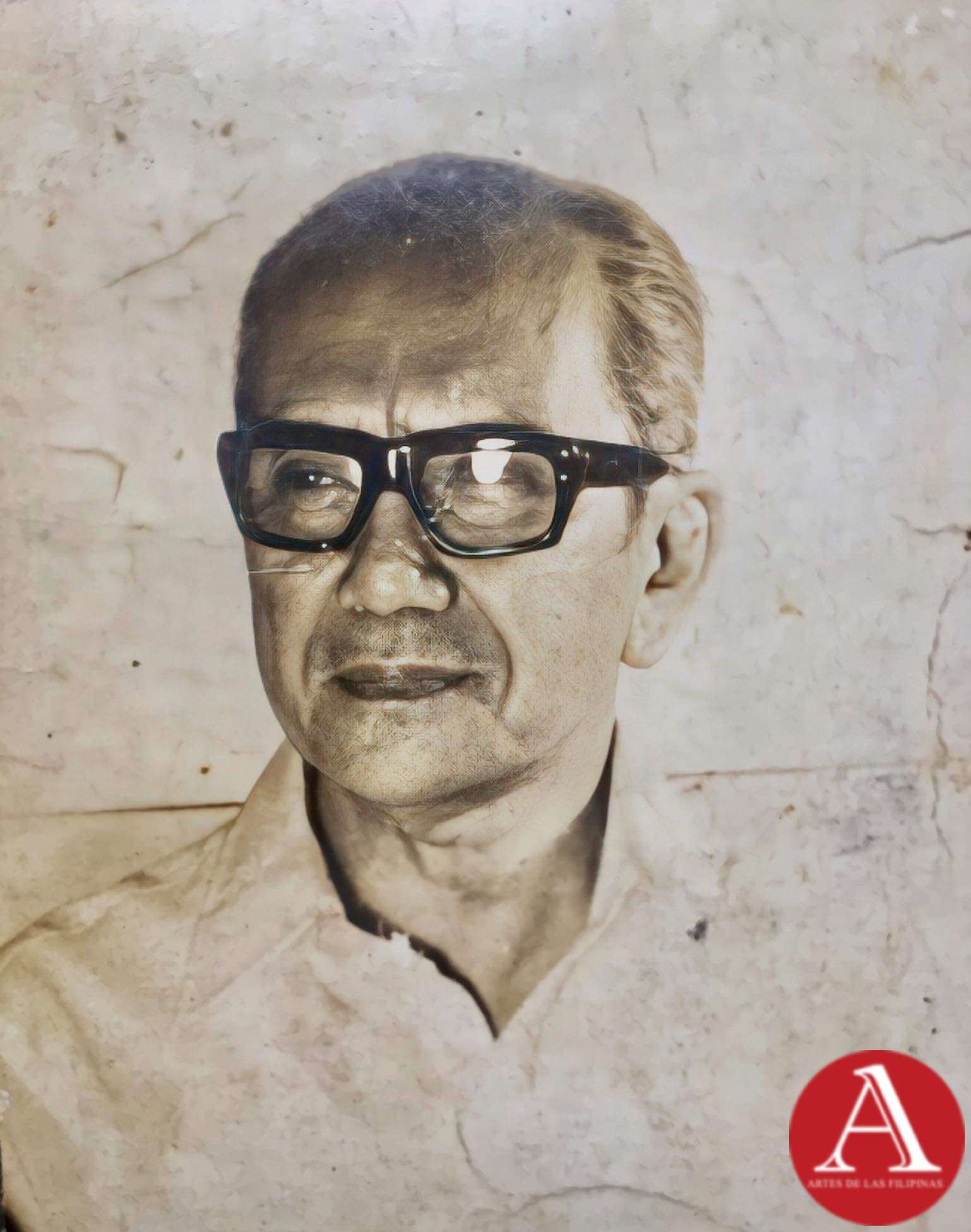 Jose Zabala Santos A Komiks Writer and Illustrator of All Time
Jose Zabala Santos A Komiks Writer and Illustrator of All Time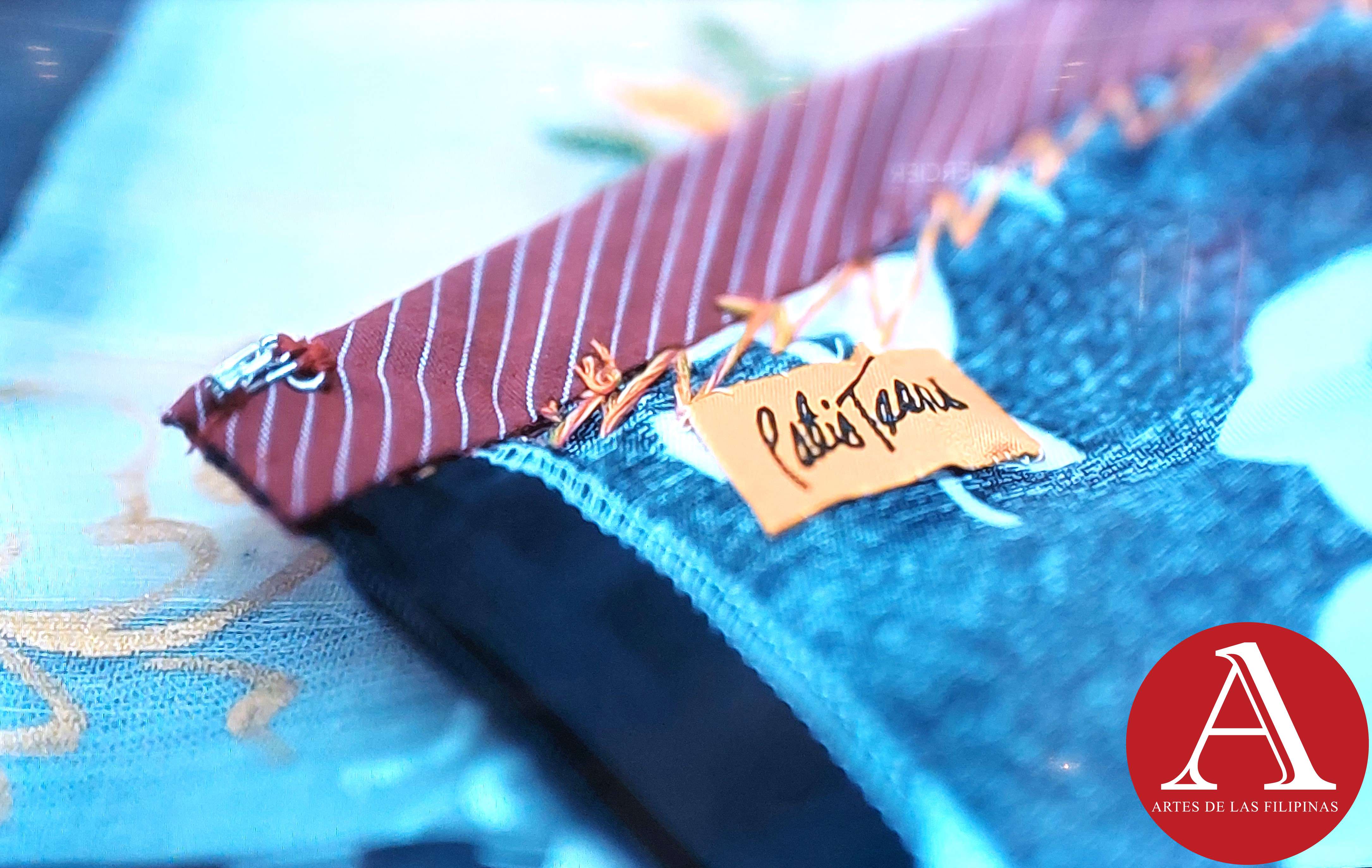 Patis Tesoro's Busisi Textile Exhibition
Patis Tesoro's Busisi Textile Exhibition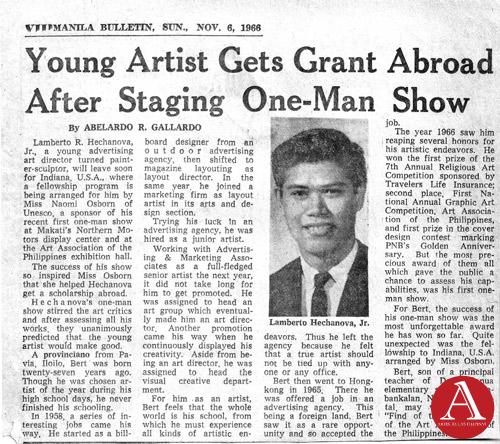 Lamberto R. Hechanova: Lost and Found
Lamberto R. Hechanova: Lost and Found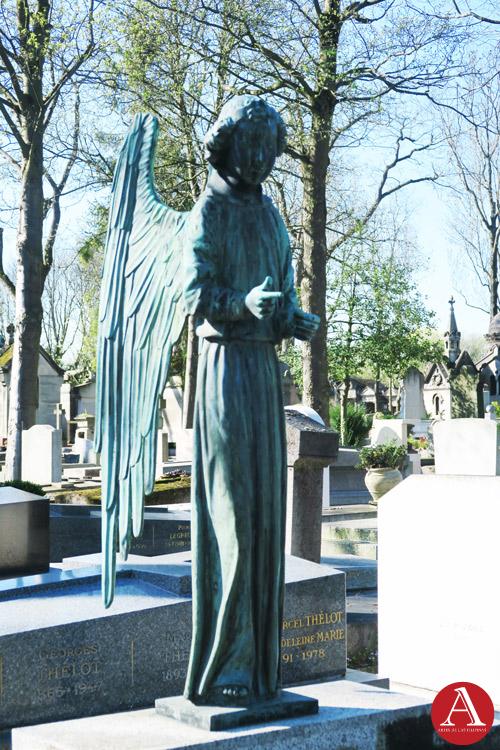 European Artists at the Pere Lachaise Cemetery
European Artists at the Pere Lachaise Cemetery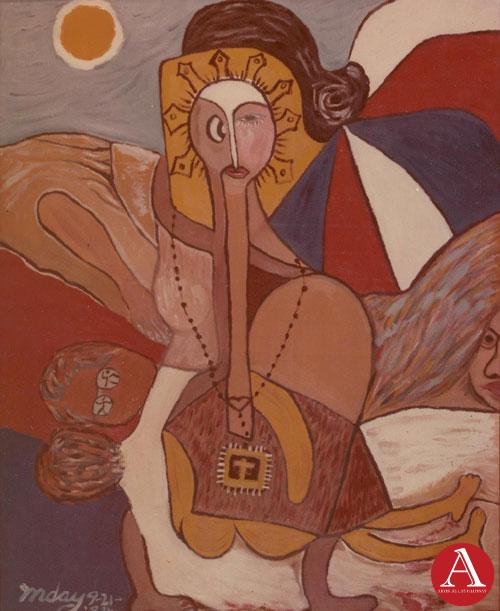 Inday Cadapan: The Modern Inday
Inday Cadapan: The Modern Inday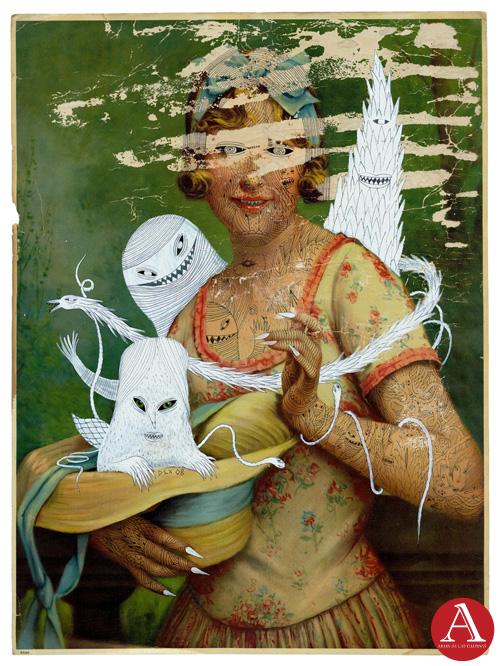 Dex Fernandez As He Likes It
Dex Fernandez As He Likes It



